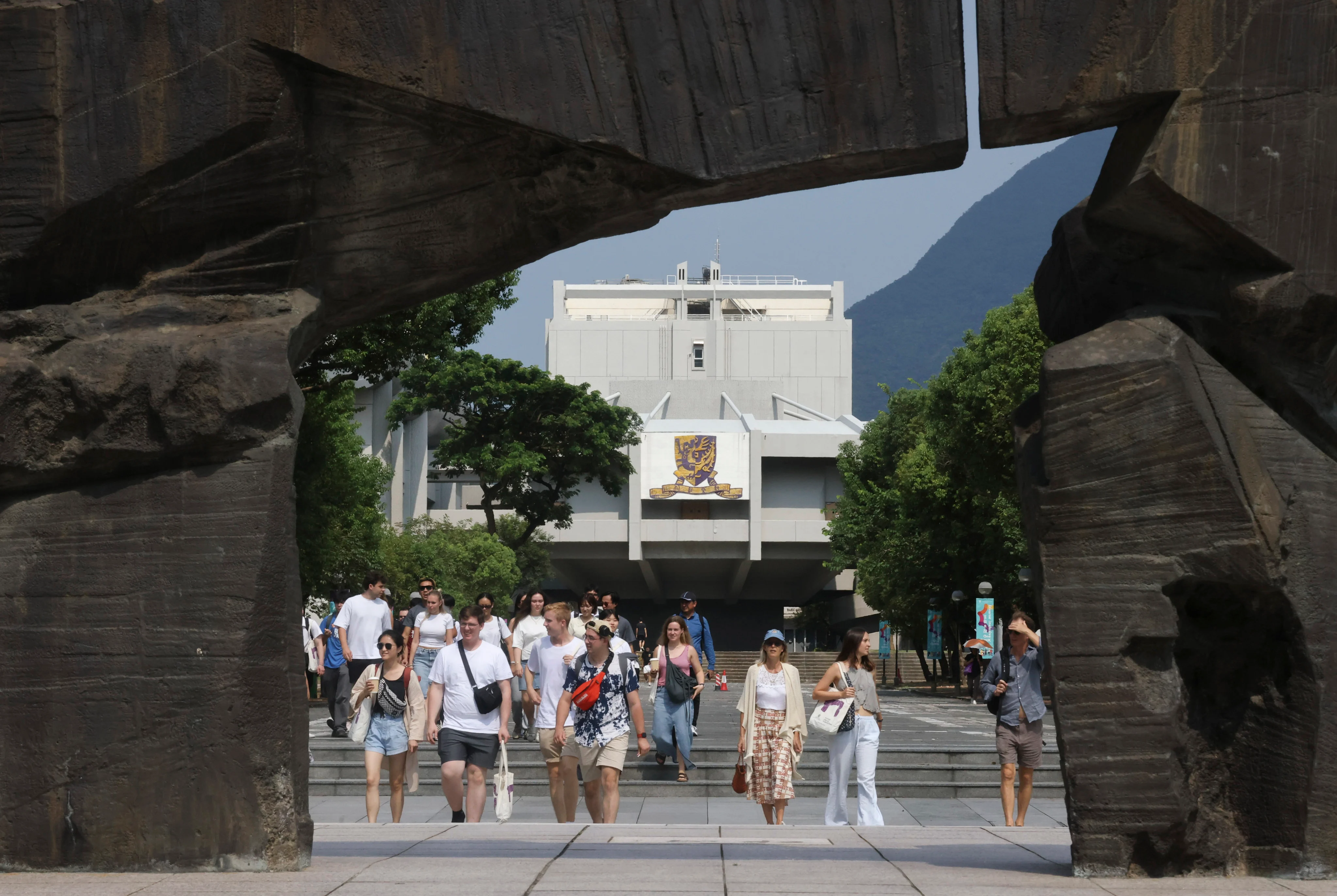By Christine Loh
Copyright scmp

Chief Executive John Lee Ka-chiu’s latest policy address may prove to be a watershed moment for Hong Kong’s education system. Among several measures, one stands out as transformative: the decision to raise the cap on non-local students from 40 per cent to 50 per cent of the student body.
This is more than a technical adjustment. It signals Hong Kong’s intent to position itself as an international education hub, opening its classrooms to the world.
This is an extraordinary turn for a city that only began providing nine years of universal education in 1979. Before then, many young people had only a few years of schooling and those who could afford it went overseas for further studies.
In the decades since, Hong Kong has built one of the most extensive education systems in Asia. Today, it offers 12 years of free education, an extensive vocational training system and a remarkable array of higher education institutions.
For a city of 7.5 million people, Hong Kong has 22 higher education institutions, including eight publicly funded universities. Even more striking, five of the publicly funded universities are ranked in the world’s top 100, with three of them in the top 50. Few cities of comparable size can claim such an academic footprint.
English is mainly the medium of instruction, a major advantage in attracting students not only from mainland China but also from Commonwealth and belt and road countries.
A student from Nairobi, Kuala Lumpur or Islamabad can pursue medicine, dentistry, law, engineering or humanities in English, while also learning Chinese and – should they be interested – gaining exposure to mainland China, the world’s second-largest economy and a global technology leader.
The value proposition is compelling. Tuition and living costs in Hong Kong are generally lower than in Europe or the United States, the traditional destinations for overseas education.
Geopolitics has also shifted the landscape, as immigration hurdles rise in Western countries and a less-welcoming stance is taken towards foreigners. Importantly, graduates from Hong Kong institutions enjoy preferential status when looking for work in the city, which also seeks a more diverse workforce in view of its global business ties.
But opportunity comes with responsibility. To become a true international education hub, Hong Kong must go beyond a wider-reaching admissions policy. It must ensure the hardware and software of education evolve together.
Housing is an urgent issue. Accommodation is notoriously expensive in Hong Kong. The government and universities are responding, buying buildings and contracting dormitories for student accommodation, but demand will remain high with more intake from outside Hong Kong.
Furthermore, curriculums must be adapted. Teaching a student body drawn increasingly from the rest of the world, with growing numbers from the Global South, will require syllabuses that are global in scope, sensitive to cultural diversity and less reliant on Western case studies alone.
Faculties, for example, need to draw more lessons from China and the rest of Asia. Business studies and humanities courses must equally reflect global perspectives – not just the long-standing Western default.
Just as important is faculty mindset. Professors and teachers must be prepared to engage students from different backgrounds, with different ways of thinking, and to foster an inclusive academic environment.
Hong Kong has long been proud of its East-meets-West identity, and it now has to be much more interested in the Global South and development. In the past, the focus was on the rich West because the assumption was that rich economies are more advanced and worthy of learning from. Moreover, Hong Kong did business with the rich economies and paid much less attention to developing nations.
Today, Hong Kong needs to understand that many overseas students are interested in development because their home economies need to expand. Faculties must consciously cultivate a “world-meets-Hong Kong” identity in their classrooms.
There is also a social dimension. Overseas students may find Hong Kong’s intensity daunting. Diversity, inclusion and mental well-being need to be factored into university services and pedagogy.
Providing a welcoming, supportive environment will be essential to attracting and retaining international talent. Here, Hong Kong should engage more actively with its own ethnic minority communities and international networks, which can serve as cultural bridges for new students. Student well-being – mental health, loneliness, integration support – should be viewed as core to the education hub strategy, not an afterthought.
The policy address also made clear that the government wants to internationalise education beyond universities. Premises and land have been earmarked for new international schools at the primary and secondary levels, with existing international schools encouraged to expand and admit more students. Clearly the ambition to make Hong Kong an education hub is being pursued across the pipeline.
All this underscores that Hong Kong is at an exciting inflection point. From the modest beginnings of nine years’ universal education in 1979 to today’s globally ranked universities, the city has transformed its educational landscape. The next leap is even more ambitious.
The policy address has set the course. What matters now is whether Hong Kong can reframe its education system for a new era: opening its doors wider, adapting its mindset and nurturing a generation of graduates who can move confidently through the world.
Hong Kong has the institutions, the rankings, the language and the location. If it could combine these with openness, inclusive teaching and strong support for well-being, the city could become not only a magnet for international students, but also a model for global education in the 21st century.